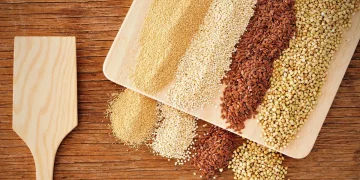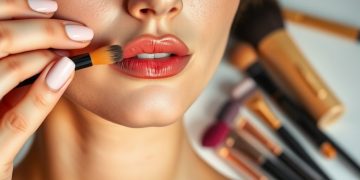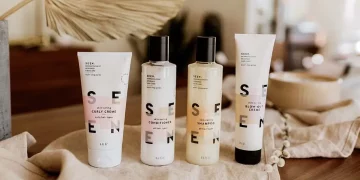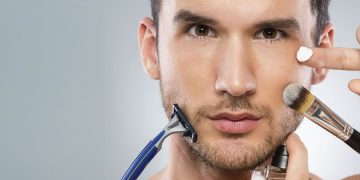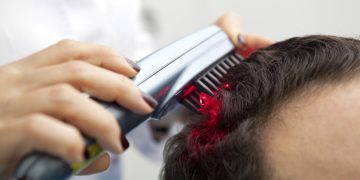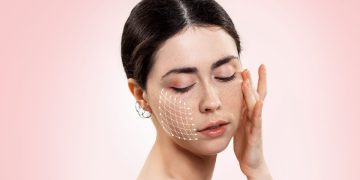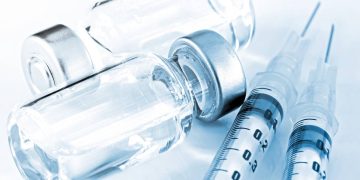Understanding the difference between skin purging and breakouts is critical for anyone introducing new skincare products or treatments. While both involve the appearance of blemishes, their causes, timelines, and management strategies differ significantly. Misinterpreting one for the other can lead to unnecessary product abandonment or worsened skin health. This article delves into the mechanisms behind purging and breakouts, the role of active ingredients such as retinol and acids, expected timelines, and evidence-based approaches to treatment and prevention.
1. Defining Skin Purging and Breakouts
Before distinguishing between the two, it’s essential to define each term clearly:
- Skin Purging: A temporary reaction where new active ingredients accelerate cell turnover, bringing underlying clogged pores to the surface faster than usual. It typically occurs after introducing retinoids, AHAs, BHAs, or other exfoliating agents.
- Breakouts: The more familiar form of acne, triggered by clogged pores, bacteria, excess sebum, hormonal fluctuations, or external irritants. Unlike purging, breakouts are not necessarily linked to increased cell turnover or a new product introduction.
While the visual outcome—pimples, whiteheads, blackheads—may appear similar, the underlying causes differ, affecting how one should respond.
2. The Science Behind Skin Purging
Skin purging is rooted in accelerated epidermal turnover. When an active ingredient such as retinol, glycolic acid, or salicylic acid is applied:
- Faster Cell Renewal: The epidermis sheds dead skin cells more quickly.
- Unclogging Pores: Dormant or slow-forming comedones are expelled sooner, resulting in temporary eruptions.
- Short-Lived Inflammation: Because these blemishes are superficial, inflammation is usually mild to moderate and short-lived.
Purging often occurs in areas where breakouts typically form—forehead, chin, and jawline—and can appear worse initially than the skin’s baseline condition. However, this is part of the process leading to clearer, healthier skin.
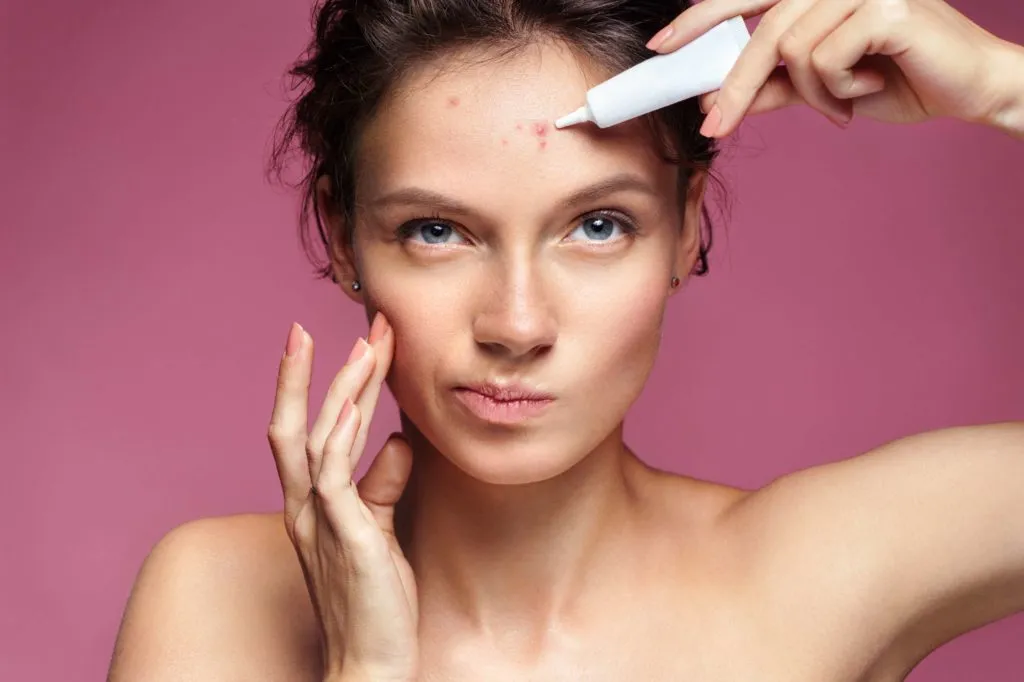
3. Triggers of Skin Purging
Certain active ingredients are well-known purging triggers:
- Retinoids: Retinol, tretinoin, adapalene increase cell turnover, improving long-term acne and anti-aging outcomes.
- Chemical Exfoliants: Alpha hydroxy acids (glycolic, lactic) and beta hydroxy acids (salicylic) remove surface dead cells and accelerate pore clearing.
- Vitamin C and Other Potent Actives: Certain antioxidants may stimulate epidermal renewal, occasionally causing mild purging.
The intensity of purging depends on concentration, skin sensitivity, and previous exposure to similar actives.
4. How to Differentiate Purging From Regular Breakouts
Identifying purging vs. breakouts requires attention to several key factors:
- Timeline:
- Purging typically appears within 2–6 weeks of starting a new product and usually resolves within 4–6 weeks if continued.
- Breakouts can appear at any time and persist until underlying causes are addressed.
- Location:
- Purging occurs in areas prone to previous congestion or where acne typically forms.
- Breakouts can appear in new areas unrelated to usual acne patterns.
- Lesion Type:
- Purging often manifests as small whiteheads or superficial bumps.
- Breakouts can include cysts, nodules, or deep inflammation.
- Progression:
- Purging usually improves with continued use as skin adjusts.
- Breakouts worsen over time if the trigger remains.
5. Managing Skin Purging
Patience is essential when dealing with purging. Recommended strategies include:
- Gradual Introduction: Start with lower concentrations of retinoids or acids to reduce shock to the skin.
- Hydration and Barrier Support: Moisturizers containing ceramides, niacinamide, or hyaluronic acid mitigate irritation.
- Avoid Over-Exfoliation: Combining multiple strong actives can exacerbate irritation and mimic breakouts.
- Sun Protection: Increased cell turnover can heighten UV sensitivity; daily SPF is crucial.
Stopping the product prematurely may prevent long-term benefits, whereas proper management ensures optimal results.
6. Understanding Breakouts
Breakouts are multifactorial and require a different approach:
- Hormonal Fluctuations: Androgen-driven sebum overproduction can cause persistent acne, particularly around the jawline and chin.
- Lifestyle Factors: Diet, stress, sleep, and hygiene contribute to the severity of breakouts.
- Product Irritation: Non-comedogenic products are essential; harsh cleansers or overuse of actives can trigger irritation-induced acne.
- Bacterial Influence: Propionibacterium acnes can exacerbate lesions, especially in closed comedones.
Treatment may involve topical or systemic medications, lifestyle adjustments, and routine monitoring.
7. The Role of Retinol in Purging vs. Breakouts
Retinoids are often misunderstood as acne triggers. Understanding their mechanism is key:
- Purging: Retinoids expedite the surfacing of dormant comedones. Temporary bumps indicate efficacy.
- Breakouts: If irritation, dryness, or misuse occurs, retinoids can mimic acne but represent a reaction, not true purging.
- Tips for Use: Begin with a pea-sized amount, apply every other night, and combine with gentle cleansers and hydrating serums.
8. Evidence-Based Approaches and Clinical Guidance
Dermatologists emphasize the following:
- Monitor the first 4–6 weeks for signs of purging.
- Maintain a consistent routine to allow the skin to adjust.
- Avoid mixing too many actives simultaneously to reduce irritation.
- Seek professional advice if cystic acne or severe inflammation develops, indicating real breakouts.
9. Psychological Impact of Skin Purging
Purging can be stressful and disheartening for users, leading to premature discontinuation. Education and support are crucial:
- Normalize the Process: Understanding that purging is a temporary and beneficial phase.
- Track Progress: Journaling skin changes and product responses aids in distinguishing purging from actual breakouts.
- Professional Counseling: For persistent skin concerns, dermatologists provide tailored regimens that minimize both purging and irritation.
10. Conclusion: Navigating the Purge with Knowledge
Skin purging is a natural, temporary phase signaling that potent actives are working to accelerate skin renewal. Recognizing the signs and distinguishing them from conventional breakouts empowers users to make informed decisions and maintain consistency. Proper product introduction, barrier support, and patience are essential for achieving the long-term benefits of healthier, clearer skin. Breakouts, on the other hand, demand targeted interventions and careful monitoring. Ultimately, understanding your skin’s response allows you to harness the full potential of modern skincare science without unnecessary setbacks.


